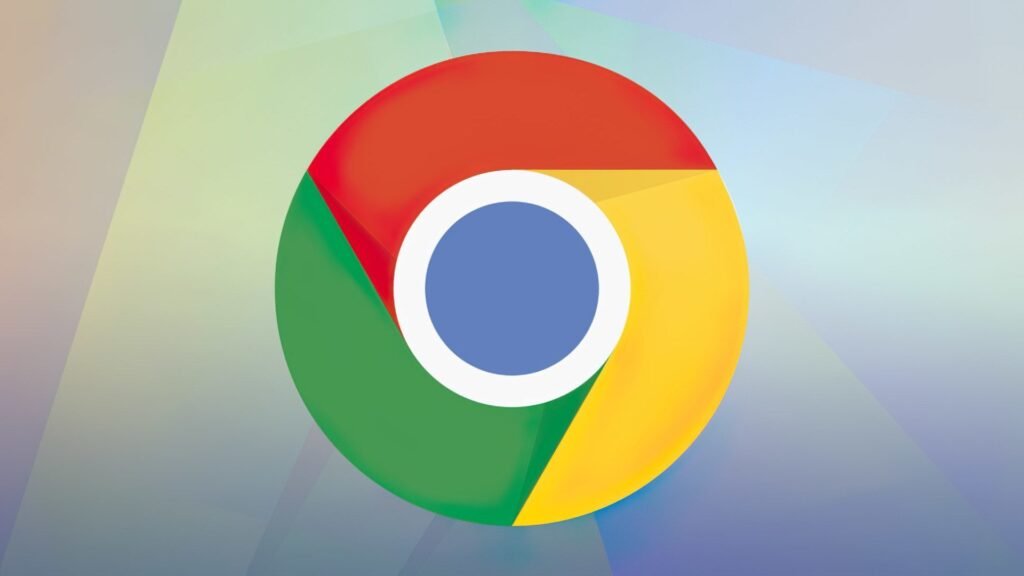The new feature on Google Chrome can block insecure HTTP downloads on your smartphone

We all use Google Chrome on our smartphones. You may have come across some markings that are presented on Chrome indicating that the HTTP website is not secure. Lately, Google has introduced a permanent solution for this issue. Users can now find a new switch in the security settings of Chrome. It is presented with the option of ‘Always use secure connection’. When the user switches on this option, Chrome will be forcefully connected with the HTTPS version of the website.
This feature is quite useful specifically when some of us accidentally traverse to the unsafe version of the website. For instance, if a website doesn’t hold any secure version, a prompt message will appear. The pop-up screen will ask the users whether they want to continue or not. Currently, a new Code has been identified. This code specifies that Google is apparently working on improving its security. It is taking all the necessary measures to protect its users from unsafe HTTP downloads.
When an HTTPS download link is clicked, it establishes a connection with an insecure HTTP server. It is then ended by an HTTPS connection. Given this situation, the download will be blocked by Google regarding it as insecure. On the other hand, if a user is trying to download some files from a website that is only presented in the HTTP version, then the downloads from that particular website will be prevented by Chrome.
Most of the blocking forms and indications presented by Google Chrome can be surpassed by users. The same is the case with this feature. Given this, users can take the new feature as a big warning rather than a real feature that blocks HTTP downloads from the website in reality.
Primarily, the switch will be locked as a flag. It will be available at some later time as a component of the “Always use secure connections” switch. However, the feature is in the developmental phase. It would likely be rolled out with Chrome 111. We can expect it to arrive in March 2023.
Research Snipers is currently covering all technology news including Google, Apple, Android, Xiaomi, Huawei, Samsung News, and More. Research Snipers has decade of experience in breaking technology news, covering latest trends in tech news, and recent developments.









